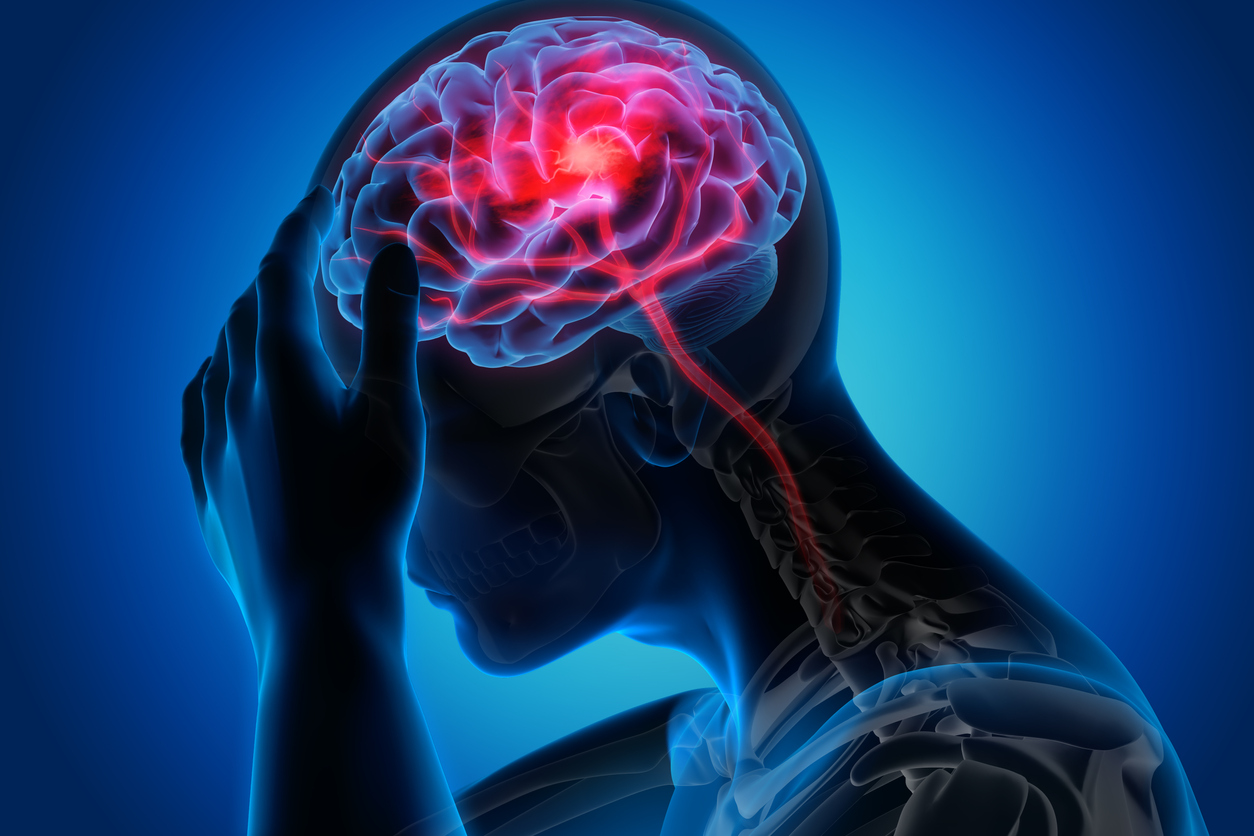Apr 15, 2025

Chocolate Cyst: A Disease Women Should Be Aware Of
December 14, 2022 | Written by Synphaet Thepharak Hospital
Many women who experience chronic lower abdominal pain during menstruation rely on painkillers instead of seeking medical check-ups. By the time they consult a doctor, they may already have developed chocolate cysts. Ignoring symptoms can lead to severe complications, including reproductive organ cancer. Let’s understand this condition to prevent it.
Endometriosis (or "chocolate cyst") occurs when endometrial tissue, which normally lines the uterus, grows outside the uterine cavity—such as on the ovaries, fallopian tubes, bladder, or pelvic ligaments. When this tissue implants on the ovaries, it forms blood-filled cysts called chocolate cysts (size: chicken egg to orange).
The exact cause remains unclear, but one theory suggests retrograde menstruation, where menstrual blood flows backward through the fallopian tubes into the pelvic cavity. This displaced tissue thickens, bleeds, and irritates surrounding tissues, forming scar tissue (adhesions) and causing chronic pain.
Some women show no symptoms and are diagnosed incidentally during check-ups, surgeries, or infertility evaluations. Warning signs include:
Severe menstrual pain, especially on the first day of menstruation or 1–2 days prior.
First menstrual pain occurring after age 25.
Heavy or irregular menstrual bleeding.
Pain during intercourse.
Palpable lower abdominal mass (enlarged ovarian cyst).
Pain during bowel movements or urination.
Women aged 25–40 (reproductive age).
Those with a family history (mother/sisters with endometriosis).
Rarely, postmenopausal women.
Medical History & Pelvic Exam: Assess symptoms and physical signs.
Transvaginal Ultrasound: Visualizes uterine/ovarian abnormalities without fasting or anesthesia.
Laparoscopy: A minimally invasive procedure under general anesthesia. A small incision near the navel allows a camera to inspect pelvic organs. Adhesions can be removed during the procedure.
Monitoring: For asymptomatic or mild cases.
Medication: Hormonal therapy (e.g., birth control pills) to suppress endometrial growth.
Surgery:
Laparoscopic Surgery: Removes cysts/adhesions while preserving the uterus, tubes, and ovaries. Benefits: smaller incisions, less pain, faster recovery, and improved fertility.
Hysterectomy/Oophorectomy: For severe cases or women who have completed childbearing.
Procedure: A 1-cm incision below the navel inflates the abdomen with gas. A tiny camera and tools remove cysts through small ports.
Benefits: Minimal scarring, reduced pain, quicker return to daily activities.
Women with symptoms should visit the Gynecology Department for accurate diagnosis and treatment.


